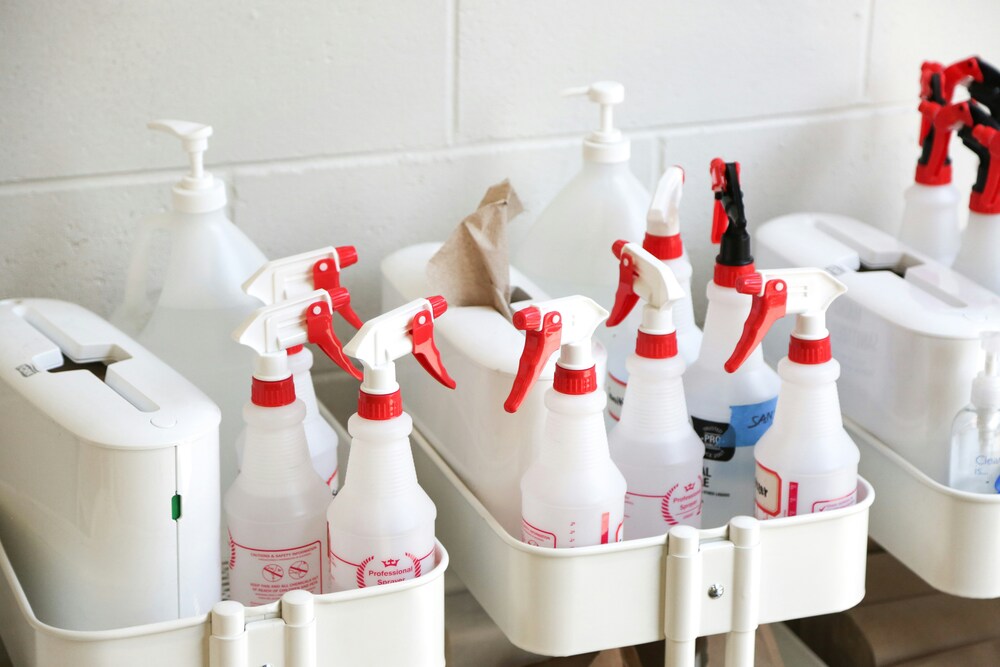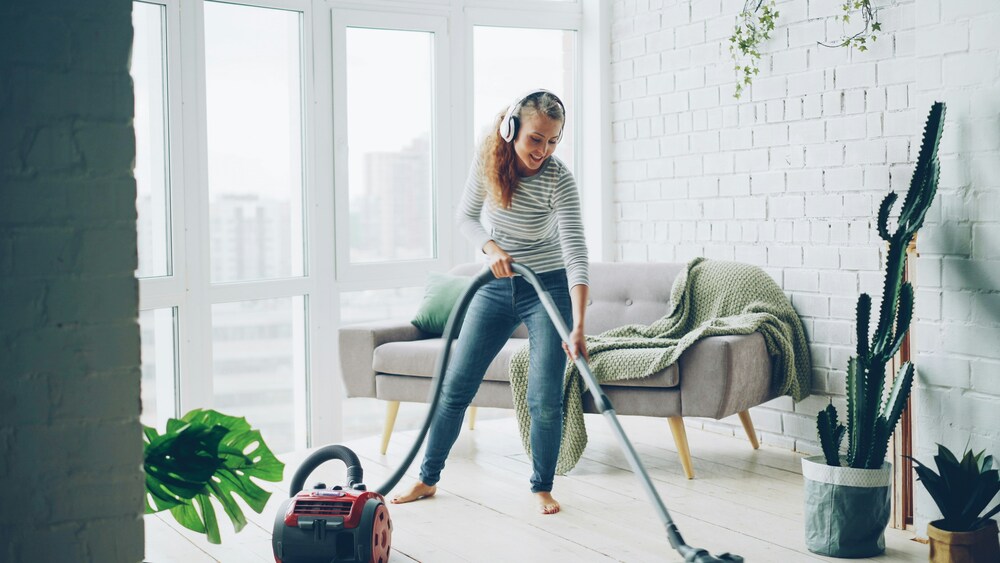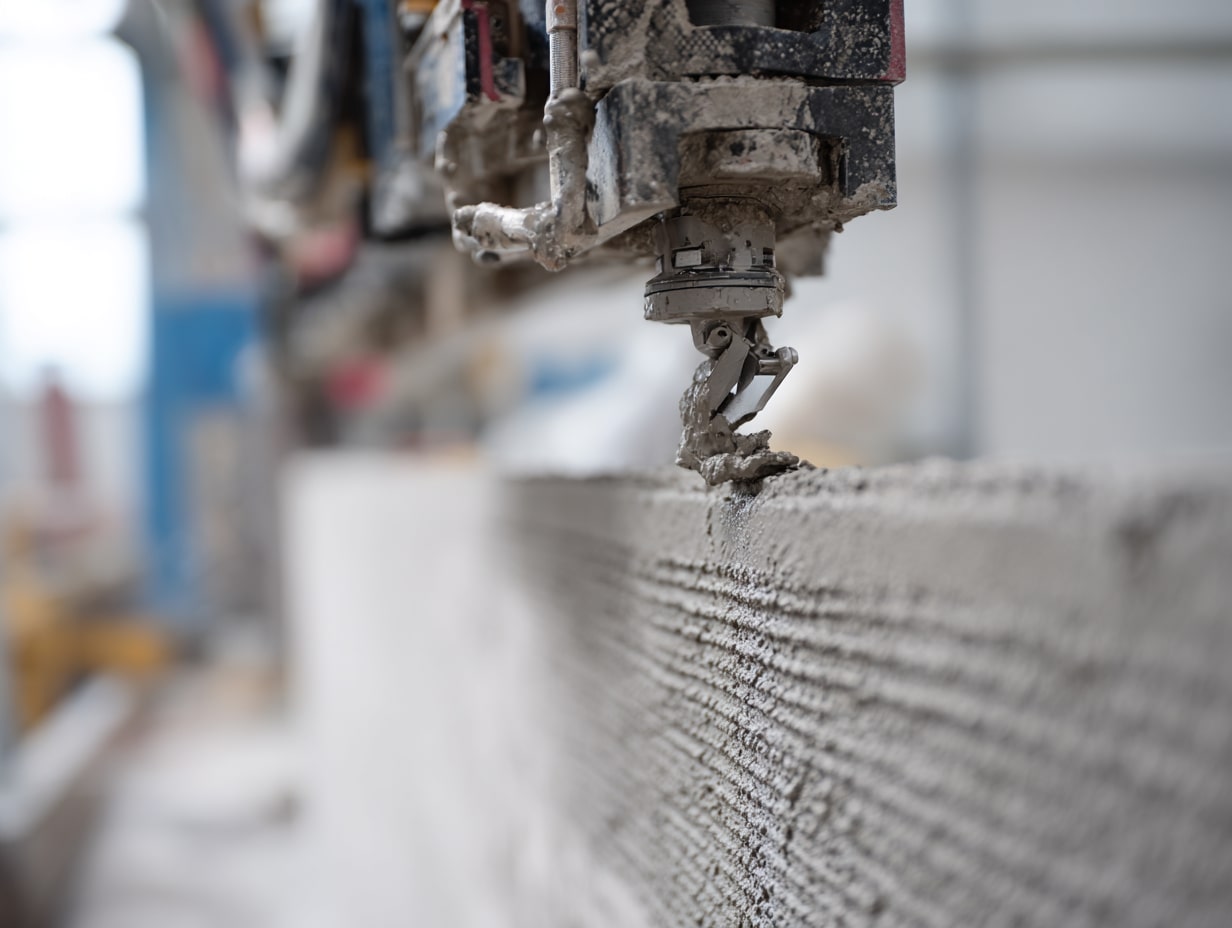- Home
- Articles
- Architectural Portfolio
- Architectral Presentation
- Inspirational Stories
- Architecture News
- Visualization
- BIM Industry
- Facade Design
- Parametric Design
- Career
- Landscape Architecture
- Construction
- Artificial Intelligence
- Sketching
- Design Softwares
- Diagrams
- Writing
- Architectural Tips
- Sustainability
- Courses
- Concept
- Technology
- History & Heritage
- Future of Architecture
- Guides & How-To
- Art & Culture
- Projects
- Interior Design
- Competitions
- Jobs
- Store
- Tools
- More
- Home
- Articles
- Architectural Portfolio
- Architectral Presentation
- Inspirational Stories
- Architecture News
- Visualization
- BIM Industry
- Facade Design
- Parametric Design
- Career
- Landscape Architecture
- Construction
- Artificial Intelligence
- Sketching
- Design Softwares
- Diagrams
- Writing
- Architectural Tips
- Sustainability
- Courses
- Concept
- Technology
- History & Heritage
- Future of Architecture
- Guides & How-To
- Art & Culture
- Projects
- Interior Design
- Competitions
- Jobs
- Store
- Tools
- More
What are the Key Benefits of Professional Cleaning Solutions?

Across studios, offices, and shared workspaces, dust builds up faster than many teams notice during busy weeks. Smudged glass, dull flooring, and cluttered desks quietly change first impressions for clients, staff, and visiting partners. For architects and designers, those details shape how people experience the spaces they spent months planning.
Professional cleaning programs translate drawings, material schedules, and maintenance notes into daily habits that protect interior performance. Teams that provide office and commercial cleaning in Reading show how consistent routines support busy offices and client focused firms. For architectural workplaces, those routines bridge the gap between initial design intent and the way buildings actually perform.
Table of Contents
ToggleHealth And Comfort In Workspaces
Indoor air collects dust, skin flakes, fabric fibers, and chemical residues from finishes, printers, and cleaning products. Without regular removal, these particles settle on shelving, project models, sample libraries, and the technology teams depend on daily. Staff may notice more irritated eyes, dry throats, light headaches, or allergy flare ups during long project sessions.
Research from the U.S. Environmental Protection Agency notes that most pollutants affecting indoor air come from sources inside buildings. Source control, ventilation, and routine cleaning together reduce dust, spores, and residues that collect on interior surfaces. For architects, that supports design goals around daylight, thermal comfort, and healthy materials with day to day practice.

Professional cleaners follow agreed checklists for high touch points, shared equipment, and circulation routes, so nothing essential is missed. This steady approach fits well with planned maintenance for heating, cooling, and filtration that many building managers already track. The result is cleaner air, more comfortable rooms, and fewer complaints about stuffy or stale project spaces.
Productivity, Focus, And Fewer Sick Days
Clean surroundings support the kind of focused project work architectural teams handle, from drafting details to reviewing shop drawings. Fewer distractions from clutter, odours, or visible grime mean people settle into tasks faster and stay locked in longer. Clients visiting meeting rooms also read that cleanliness as a signal about how teams manage detail and responsibility.
Regular professional cleaning supports performance in several practical ways that matter across busy design and construction offices.
- Lower levels of germs on shared surfaces reduce the chance of colds spreading through teams during peak deadlines.
- Clean flooring and clutter free circulation paths reduce trip risks during site model moves and deliveries.
- Clear desk policies supported by nightly cleaning give staff reliable space for large drawings, samples, and laptops.
Together, these habits support steadier schedules, fewer last minute disruptions, and healthier project teams across the year.
Over time, managers often spot fewer last minute sick calls, fewer rescheduled meetings, and steadier project milestones. Healthier staff and tidy shared spaces also support mentoring, informal design reviews, and collaboration across age groups and disciplines. That kind of environment helps firms retain skilled people, which matters as teams grow and projects scale.

Protecting Surfaces, Fixtures, And Materials
Architects spend time choosing floor finishes, wall coverings, joinery, and lighting that deliver a clear visual story. Without consistent care, abrasive dirt and accidental spills shorten the life of carpets, tiles, and sealed surfaces. Glass partitions show fingerprints, brushed metals mark easily, and feature walls can lose impact under light dust.
Professional cleaners understand which products match each material, so protective coatings stay intact and manufacturers’ warranties remain valid. They know where to avoid harsh chemicals, where microfibre cloths are better, and where to focus stain removal. This protects investments in custom finishes while keeping spaces camera ready for case study photography and client visits.
Guidance from the Centers for Disease Control and Prevention stresses cleaning high touch surfaces as part of facility hygiene. Working with trained teams means those daily tasks support wider maintenance goals around air quality, comfort, and building safety. It also frees facility managers to focus on planned inspections and system checks rather than chasing visible mess.
Working Effectively With Cleaning Partners
Many architectural practices now sit in mixed use buildings, shared studios, or serviced offices that rely on external cleaning partners. Clear agreements on frequency, scope, access times, and alarm procedures help those services fit around project schedules. Detailed briefs about materials, sensitive equipment, and security rules avoid damage and keep both sides confident about responsibilities.
Established providers, such as Ziva Cleaning Services, often bring checklists, quality checks, and supervisor visits that align with professional expectations. They can adjust routines around project peaks, late night deadlines, or occasional weekend client presentations without disrupting daily office life. For architecture firms that manage site visits and coordination, having that reliability in the background reduces stress on internal teams.

Clear communication channels also matter, so project leaders know who to contact when layouts change or extra support is needed. Shared digital checklists, photos, and short reports give everyone quick feedback on what has been completed each visit. That transparency fits well with the structured project documentation architects already use for drawings, specifications, and site reports.
Bringing Cleaning And Design Intent Together
For students and early career architects, thinking about cleaning early can influence layouts, material choices, and detailing. Designing storage for equipment, clear routes for cleaning machines, and space for consumables makes regular care much easier. Early conversations with experienced cleaning providers can highlight where finishes may stain, chip, or wear faster under real use.
For built projects, access for cleaning staff can shape stair widths, doorway clearances, and storage near plant rooms. Spaces that allow equipment to move freely stay in better condition, because staff can reach every surface without difficulty. Thinking about these routes early can prevent later clashes between furniture layouts, fixtures, and maintenance needs.
Professional cleaning is not just a closing line on a specification sheet, it is a working part of building performance. For architectural teams, partnering with reliable services, planning for maintenance, and respecting expert advice protects both people and projects. Whether offices sit in Reading, larger cities, or smaller towns, consistent cleaning keeps spaces healthy, presentable, and ready for work. Treating cleaning as part of design thinking helps every project deliver spaces that stay functional and welcoming over time.
illustrarch is your daily dose of architecture. Leading community designed for all lovers of illustration and #drawing.
Submit your architectural projects
Follow these steps for submission your project. Submission FormLatest Posts
3D Printed Homes: Time, Cost, and What to Expect
3D printed homes explained: realistic timelines (24–72h walls, 8–16 weeks total), true...
How a Contact Centre Boosts Trust in Your Building Business
In construction, trust is the glue that holds projects together. Clients need...
How Real Time Parcel Geolocation Is Redefining Last Mile Efficiency for Modern Businesses
Last mile delivery has become the most critical point in the customer...
How Can Small Spaces Stay Stylish and Relaxing?
In today’s fast-paced urban lifestyle, small living spaces are becoming increasingly common....












Leave a comment